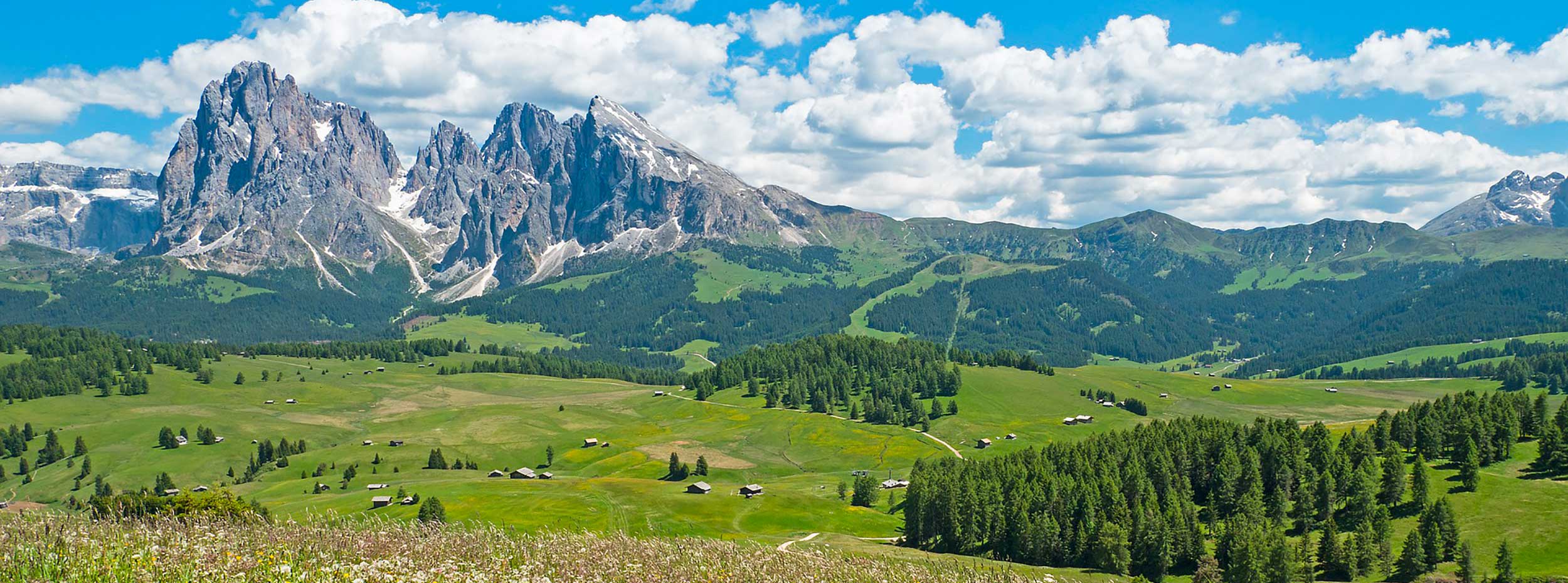
Trentino Alto Adige
This is the most northern region of Italy, through which the Adige river flows, and it is made up of two distinct areas also from an oenological point of view. This region has revealed itself, in the last three decades, as the area with the greatest potential for white wines in Italy, although it also offers excellent reds. The terroirs and the climates here are remarkably suited for the vine, the microclimates fabulous and highly diversified and the technology of winemaking among the most sophisticated in the nation. The Institute of San Michele all’Adige is one of the oldest and best oenological schools in Italy and one of the most important research institutes in Europe. Tiziano Tommasi, owner of La Cadalora, has been working here as a researcher for many years. Vines were grown in this region since 2,000 BC and the ancient population of the Raetians, later conquered by the Romans, used to preserve wine in wooden barrels. During the medieval times viticulture was continued by the monasteries. The wines of Trentino Alto Adige were well known and appreciated also in Germany and in Austria up to modern times. Unfortunately the vineyards of this region were not spared by Phylloxera, Oidium and Peronospora at the end of the 1800s and at the beginning of the 1900s.
The landscape is extremely varied: high peaks of the Alps, luscious green valleys, beautiful lakes. The vineyards are cultivated as gardens.
The cuisine is also extremely varied and quite different to the rest of Italy: of Germanic-Austrian influence in Alto Adige (also known as South Tyrol) and of Venetian influence in Trentino.
Due to the combination of the unique microclimates, soils and advanced technology, lovely wines are made from allochtonous varietals (such as Pinot Blanc, Pinot Gris, Chardonnay, Sylvaner, Riesling, etc) and autochtonous varietals (Lagrein, Schiava or Vernatsch, Casetta, Marzemino, Gewürztraminer). Furthermore, environment friendly practices have been the rule in this region for a long time.











